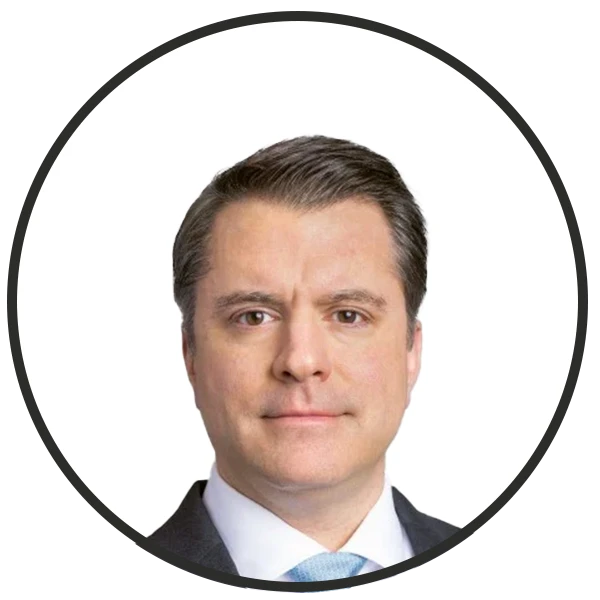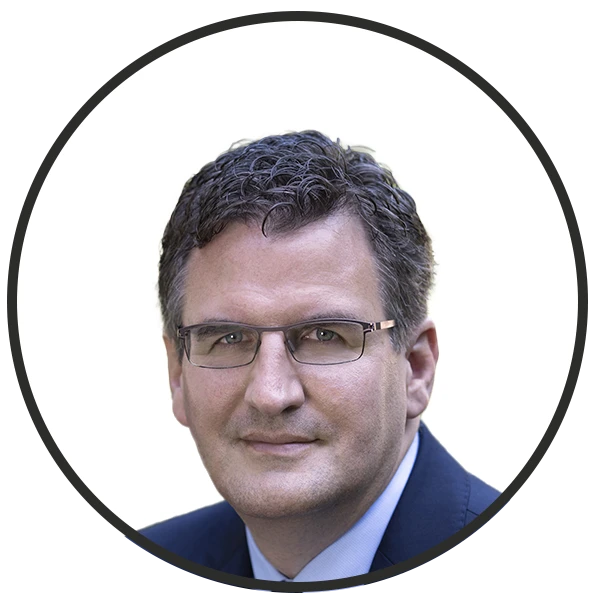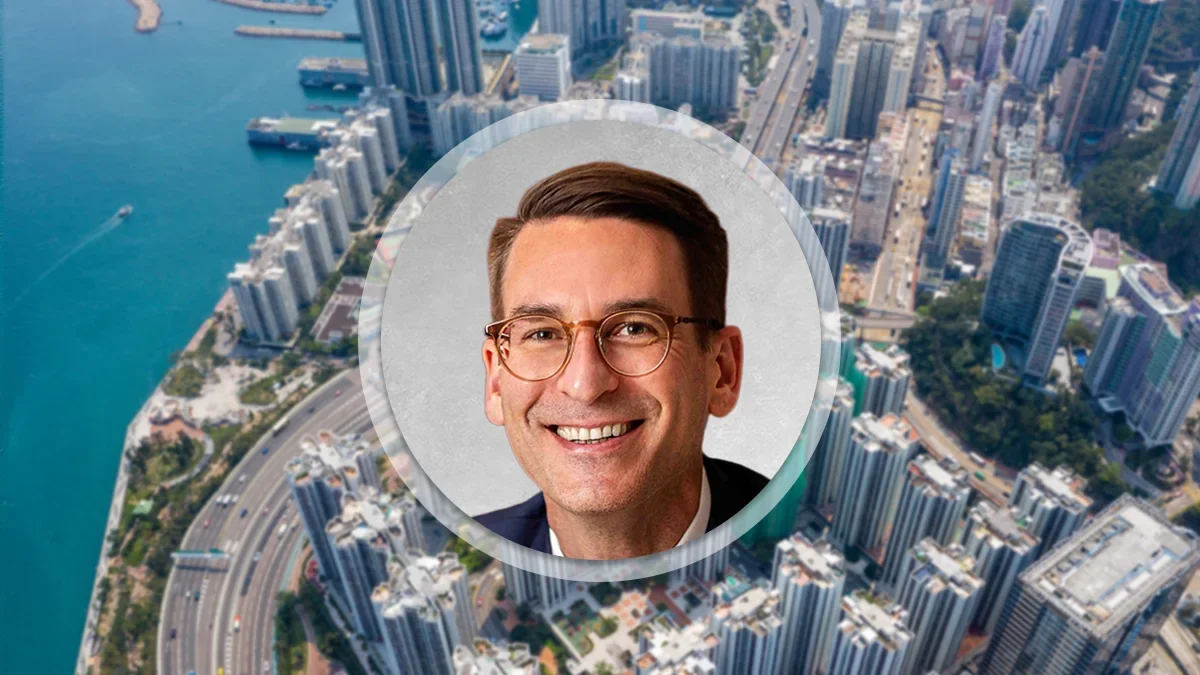• The world’s largest (re)insurance gathering took place in Monte Carlo this week.
• Reinsurance rates are expected to continue to rise, driven by lack of capital return over the past five years.
• Rising capital costs are a major concern due to the impact of rising interest rates on reinsurers’ balance sheets.
• The protection gap continues to be an issue, particularly in emerging markets that are highly prone to natural disasters.
• Cyber insurance was key on the agenda – with calls for more transparency, better understanding of risk aggregation, and more industry standardisation.
• Climate change and the importance of the industry’s role was also part of the discourse; Greenpeace activists protested at the conference, targeting the industry for covering the risk of oil concessions in the Congolese rainforest.
The world’s largest and arguably most important (re)insurance gathering took place this week in Monte Carlo, amidst a great deal of fanfare and the definite sense that Covid-19 is now well and truly behind us.
But there were plenty of other issues to talk about. Hardening rates, the rising cost of capital, the protection gap, climate change and the value of artificial intelligence all featured prominently in discussions.
Speaking to delegates during the event’s official reception, held on September 11th, there was general agreement that the event was much busier and more active this year than it was last year, when a number of countries — particularly those in Asia — were only just emerging from the tight restrictions imposed during Covid-19. One lawyer remarked that he had noticed many new names attending this year.
The Prince of Monaco, Albert Alexandre Louis Pierre Grimaldi, even put in an appearance to talk about climate change – something that didn’t happen during the event last year.
“The world is not the same as it was when the first Monte Carlo Rendez-Vous was held, and we are faced with many different crises,” said the Prince. “One of them, of course, is the climate change crisis… On this matter, the insurance and reinsurance industries have a pivotal role to play.”
It wasn’t only climate change that dominated discussions, though. As the days wore on, other core themes started to emerge as well. Some were familiar, discussed every year at this particular forum, while others were seen to take on a new level of importance.
Here, then, is a wrap of the issues that are very much on the agenda of the (re)insurance industry as we head towards the January 1:1 renewals.
A hardening market
The raison d’etre of the Monte Carlo Rendez-Vous is, of course, to set the tone for the reinsurance renewal negotiations that kick off towards the end of the year. The world’s main reinsurance players meet to find out what their competitors are doing, and to make sure their interests are broadly aligned. The message is clear: rates are going to continue to go up.

Urs Baertschi
Swiss Re’s CEO of Property and Casualty“2010 was the last peak of a hard market and we’re actually not there yet,” said Urs Baertschi, Swiss Re’s CEO of Property and Casualty, during a press briefing on September 11. “For 2017 until 2022, reinsurers have not earned the cost of capital on average. Of course, the role of the reinsurer from time-to-time is to absorb a shock… but this cannot happen year after year.”
Munich Re weren’t quite as forthcoming when speaking about rates. When asked about rates expectations for renewals, Thomas Blunck, Chair of Munich Re’s Reinsurance Committee, said “First, it’s very important for us to treat every client and their underlying exposure individually, so a general statement does not help and is in conflict with our proposition. There’s a second reason — which is antitrust law.”

Thomas Blunck
Chair of Munich Re’s Reinsurance CommitteeDespite the reluctance to comment on rates generally, Munich Re appears to be broadly in line with the expectations that the hard market will continue. What Blunck did say is,“if you look at 2021 and 2022, you will find quite a big difference between the [economic] forecasts that were done and then the actual [conditions]. This underestimation might not only have been for [this] year, but maybe also for subsequent years. This is of course an important element in our pricing, especially for the longer tail of our underlying business.”
From Sydney to Seoul, premiums have been soaring across Asia, in what many have dubbed the big correction. Almost without exception, renewal negotiations between reinsurers and their clients were long, drawn out and tough. Many countries saw rates rise by as much as 25% for some segments.
Only in China was the correction not as significant as it should have been, according to industry sources. This was largely because many global reinsurers still want to remain relevant in the market.
The message from the industry, as articulated by the likes of reinsurance giants Munich Re and Swiss Re, is clear: there is no sign of an end to rate rises right now.
Cost of capital
Rising cost of capital is another issue that featured prominently at the Monte Carlo Rendez-Vous, and is likely to continue to play out in the months ahead. This topic is strongly correlated to the rising rates, as mentioned above, and is one of the reasons that reinsurers are so keen to see a repricing of risk.
“The whole industry has not been able to earn the cost of capital for the past two years,” said Gianfranco Lot, Chief Underwriting Officer of P&C Reinsurance at Swiss Re. “The new business that is being brought on to the books is earning the cost of capital, but the whole legacy business that is rolling forward is not earning the cost of capital.”
The increased cost of capital is largely due to rising interest rates.

Gianfranco Lot
Swiss Re’s Chief Underwriting Officer of P&C ReinsuranceThe Swiss Re Research Institute, published a Sigma study on September 9 that indicated any benefits reinsurers might feel thanks to rising interest rates is far outweighed by the negative impact that such increases have on their balance sheet.
This follows close on the heels of a report by AM Best, published on August 29th, that suggested some reinsurers are continuing to face challenges in meeting their cost of capital.
This creates a drag on reinsurer profitability and is likely to have a couple of effects on the market.
One, as already noted, is the widespread repricing of risk and significant rate increases. The other consequence could be a withdrawal of market capacity, as reinsurers consider that it is not profitable to underwrite some markets. This could have an acute impact in Asia, which is already facing capacity pressures in areas such as cyber and national catastrophe cover.
The protection gap
The protection gap is not a new topic and frequently pops up at forums such as Monte Carlo. However it is clear that the issue is not going to go away, and is likely to only get worse as premiums rise and the cost of capital goes up.
While under-insurance is an issue throughout the world, it is particularly evident in some of the more emerging markets such as the Philippines, which are highly prone to natural disasters and yet where the value of insurance is still under-appreciated.
One delegate from a data service provider commented, “If we can’t help countries like the Philippines, one has to wonder what the insurance industry is actually for.”
Swiss Re says that this is an area ripe for innovation.
Just ahead of the Monte Carlo conference, the heaviest rainfall since 1884 hit Hong Kong and Guangdong province in Southern China, resulting in widespread flooding.
“Clearly we’re looking at this very closely, with the high probability that unfortunately we’ll find that the protection gap is very, very large there,” said Lot from Swiss Re. “We have a scheme with the Guangdong government, which we insure on a parametric basis. This is a very innovative product that we have launched there and that’s likely to pay out. We don’t know yet [how much], but it’s one of those examples where parametric insurance can reduce that protection gap. We have other parts of the world where we have a similar structure.”
Eyes are also fixed on the United Nations climate conference to be held later this year in Germany, COP23. At COP22, held last year, richer nations agreed to foot some of the cost of climate change in poorer nations. The details of what this might entail are yet to be worked out, but it is widely thought that it will have some sort of government-led insurance component, perhaps akin to Flood Re or Pool Re for terrorism insurance, two reinsurance pools backed by the British government.
“This could have a meaningful impact on closing the protection gap, but we’ll have to wait and see details,” said the head of research at a data modelling firm.
Climate Change
Climate change, too, was of course ever-present at the Rendez-Vous.
Speaking to the gathered delegates at this year’s reception, Monoco’s Prince Albert said that the insurance and reinsurance industry has a pivotal role to play in this for three main reasons: “First, the benefits from a deep expertise and knowledge of risk modelling, which is absolutely instrumental in understanding and quantifying the consequences of climate change. Secondly, it can strongly contribute to the energy transition and the adoption of the low carbon technologies by pursuing strict underwriting and investment policies. Third, your industry plays an instrumental role in protecting people and property against the risks arising from the many disruptions and climate change through its shock absorbing capacity and its fundamental functions of pooling risks globally.”
All familiar arguments, perhaps, but every year that one attends the Monte Carlo Rendez-Vous, one gets the impression that fresh impetus is being given to this movement. It certainly continues to be the number one issue that (re)insurers have to face.
As the Monte Carlo discussions kicked off, Greenpeace activists launched a protest outside the meeting halls to demand that the (re)insurance industry refrain from covering the risk of oil concessions in the Congolese rainforest.
Despite pressure from such activists, the total end to such underwriting – especially in some of the more developing markets – may take a while. With large parts of Asia still heavily dependent on fossil fuels, and a number of countries continuing to build coal plants, it is not easy for the industry to immediately stop underwriting certain sectors altogether.
Responding to the Greenpeace activists, Moses Ojeisekhoba, CEO of Global Clients and Solutions at Swiss Re, said: “From Swiss Re’s perspective, it is important that we do whatever we do in a responsible way. You can’t just show up in one particular country and say, from one day to the next, that everything changes… We are confident in the credentials that we have around sustainability, not only in what we do but how we help other industries to help with that transition as well.”
In 2021 Swiss Re said that it would phase out underwriting of thermal coal (the type of coal that is used to generate electricity) by 2030 in OECD countries and by 2040 for the rest of the world.
This is a debate that will continue to dominate the global (re)insurance industry, especially in developing markets such as Asia, with others also setting out there plans for when they can stop underwriting the more polluting sectors of the energy industry, if they haven’t done so already.
Cyber and Artificial intelligence
The final comment is reserved for technology, specifically Cyber and AI, as both pose substantial opportunities and risks for the sector. Without a discussion of these two themes, the write-up would be incomplete.
Swiss Re’s Lot emphasised that the cyber insurance industry, while growing rapidly, is still in its early phases and that there is still significant knowledge to be acquired. He said, “It’s a line of business, which is in its infancy. Cyber insurance has not yet evolved to a level like property cat, where we have models that allow us to understand the aggregation risk better.” He also highlighted that Swiss Re are devoting considerable resources to better understanding the aggregation of losses.
Munich Re, which had a cyber book value of over US$2bn in 2022, shares the same sentiment.

Stefan Golling
Munich Re’s Member of the Board of ManagementStefan Golling, Member of the Board of Management at Munich Re, stated there is significant work required to create a sustainable cyber market, stressing the importance of transparency to achieve the objective. He said, “You need transparency about the underlying risks. You need transparency about the scope of coverage on the original side. You need transparency about the data, about the exposure, about the limits. You need transparency about correlations between exposures not only within the cyber book, but maybe even beyond the cyber book.”
Pursuing the idea of transparency, Golling suggested that, “to achieve that transparency, maybe you also need a certain form of standardisation”. This idea of industry standardisation throughout the value chain was popular during the conference, but the real challenge lies in its implementation.
Moody’s RMS, best known for its natural catastrophe modelling, shared its commitment to helping with the cause. On Tuesday, they announced that they would be investing heavily in cyber analytics and that they had driven the formation of a Cyber Steering Group – which includes Munich Re, Gallagher Re, and Bitsight as members – with one of its core aims to promote industry standardisation.
Finally, there has also been a great deal of hype about the possibilities that AI could unlock, something that has been further fuelled by the launch of ChatGPT last year.
Discussions of technology and innovation have been omnipresent at Monte Carlo for many years. However, there is a definite sense, expressed by a few participants this year, that the (re)insurance industry is starting to move beyond this sensationalism and ask itself: where do the real opportunities lie?
Watch this space.















